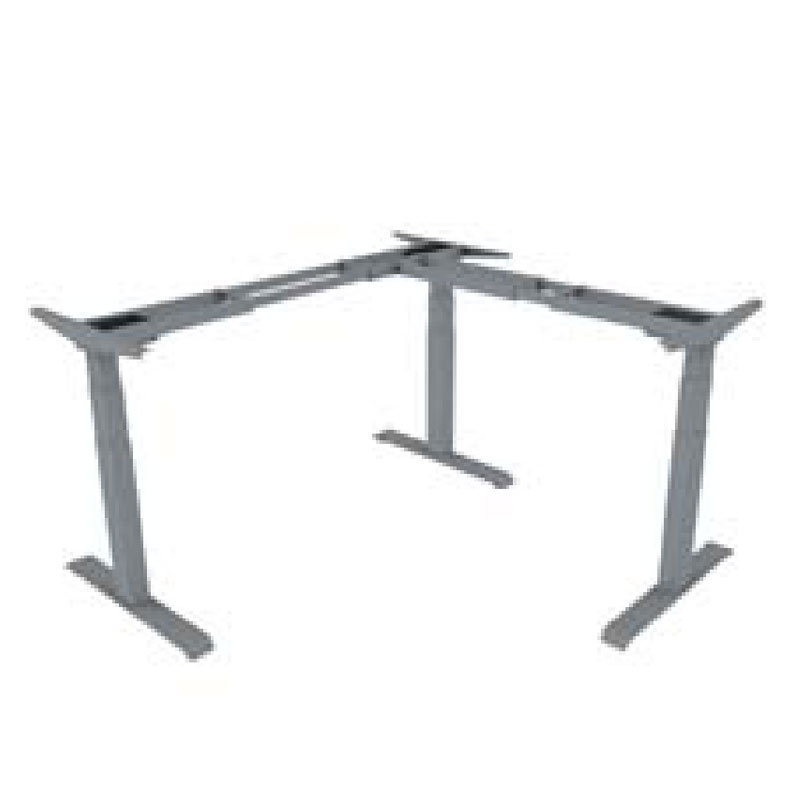Summary:Sitting for long periods of time is linked to a number of health problems, including heart disease, ...
Sitting for long periods of time is linked to a number of health problems, including heart disease, obesity and back pain. Standing desks reduce the risks of all those issues, while also improving overall mood and energy levels.
The answer to this question varies from person to person and depends on their personal preferences and physical responses. However, many studies have found that a standing desk reduces lower back pain and improves overall work performance.
One important consideration is the height of the stand. To minimize strain on the knees, hips and back, a
sit-stand desk should be adjusted so that your knees are slightly higher than your elbows when sitting.
While there is no standard setting for standing desks, the classic 90-90-90 ergonomics rule of placing your knees, pelvis and elbows at 90-degree angles is generally preferred.
When adjusting your stand, make sure to keep your monitor in an optimal position for eye comfort and reduced strain on your shoulders and neck. Ergonomics experts recommend that the top right and left corners of the computer screen be placed at eye level while standing.
You may find that it takes a few weeks or even months to adjust to working with a standing desk, but the results can be worth it. During this time, you will notice that your productivity increases while your energy and mood levels are improved. This is because your body is getting the rest it needs, while you are also reducing tension that could be taking up space in your muscles.

 Main:+86 574 87907106
Main:+86 574 87907106![]() Main:+86 574 87907106
Main:+86 574 87907106